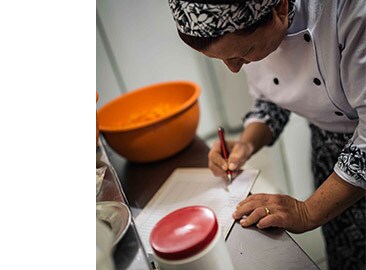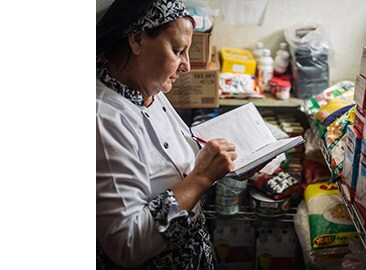One of the most feared possibilities for your F&B establishment is an outbreak of food poisoning associated with your food. Though it may be an unfortunate event, it is crunch time and you cannot afford to wallow in self-pity. Speed and responsiveness is key, especially in a digitally connected world where such bad publicity can spread like wildfire on social media platforms. You have to take these steps to ensure that there is minimal reputational damage caused to your establishment.
Step 1:
Upon receiving a food poisoning complaint, immediately gather information about the customer (name, contact, email) and details about his/her meal transaction (with receipt, if possible).
Step 2:
Try to extract information from the customer in order to do a food recall – this will help you track the food over the past 24 hours. Remember to be sincere and concerned when asking. For example, if the customer is experiencing great discomfort, volunteer to bring him/her to the hospital, if necessary.

Step 3:
At the same time, immediately instruct your kitchen supervisor to do a food recall, whether the food is cooked or raw or whether it has been served or not. Freeze all operations in order to prevent further escalation of food poisoning cases.
Step 4:
Using the information gathered, work backwards and trace it to the root of the problem – whether it’s from the serving, plating, cooking, preparation or storage.

Step 5:
Form a crisis management team and assign a spokesperson to handle any questions from the public or media. Preferably, this person should be someone senior, who knows the business and has good communication skills.
Step 6:
Be transparent at all times, providing your team and the media with constant updates and prevent them from speculating and generating more unnecessary bad publicity. Work closely with any relevant health authority or food safety auditor to find the cause of the problem.

Step 7:
Once the problem has been identified, immediately apologise to the general public and promise them that corrective steps and preventive measures are in place to ensure that such hiccups will never happen again. Continue communicating with the health authorities and seek their advice on how to improve your food safety process.
Step 8:
Moving forward, consider engaging 3rd party food auditors to audit your establishment to ensure that there are no possible red flags and also to inform the general public that your establishment is serious in upholding the highest standards of food safety.
Of course, the best-case scenario is for no such case to happen at all. In order to do that, everybody has a part to play in ensuring that food is not contaminated during any point of the food handling process.
Click here for more tips on safe handling of food at every step of the food production process.